The Alvis TF 21 at the St. Michaels Concours d'Elegance
September 27, 2022 by Dan VaughanThe Alvis marque began operations in 1919 and would have a distinguished career building automobiles for both civilian and military purposes, along with aircraft engines and racing cars. They became a subsidiary of Rover in 1965 and ceased automobile production two years later.
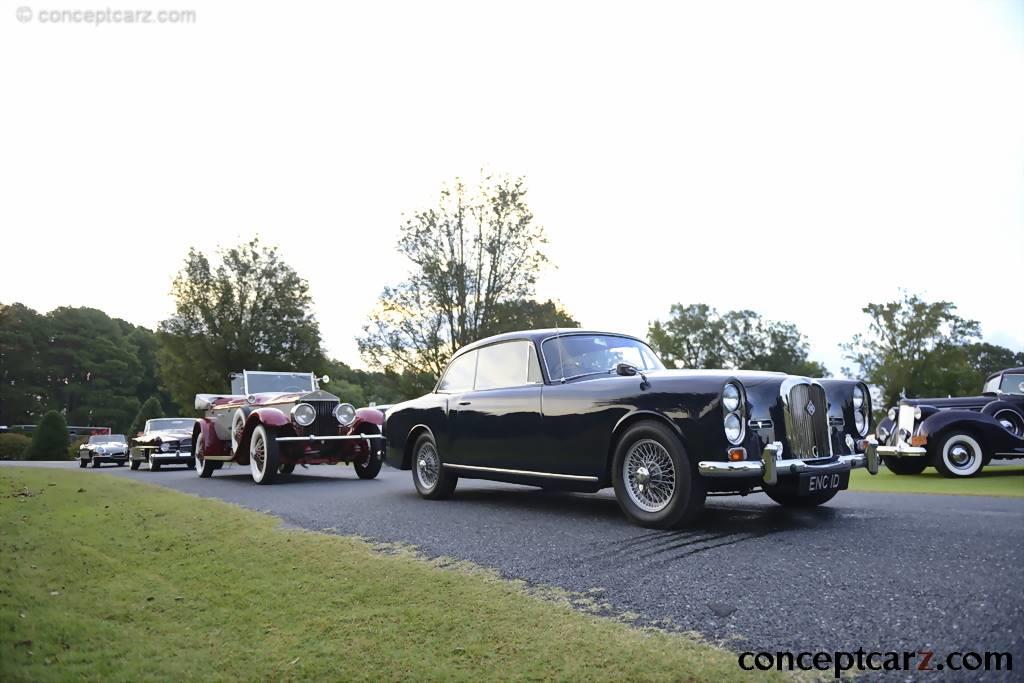 1966 Alvis TF 21 with coachwork by Park Ward at the St. Michaels Concours d'Elegance
The St. Michaels Concours on Chesapeake Bay in Easton, Maryland displayed a 1966 Alvis TF21 two-door Saloon with coachwork by Park Ward, which happened to be the last Alvis delivered in the fall of 1967. A mere 106 examples of the TF21 were built before the British Manufacturing Company ceased.
1966 Alvis TF 21 with coachwork by Park Ward at the St. Michaels Concours d'Elegance
The St. Michaels Concours on Chesapeake Bay in Easton, Maryland displayed a 1966 Alvis TF21 two-door Saloon with coachwork by Park Ward, which happened to be the last Alvis delivered in the fall of 1967. A mere 106 examples of the TF21 were built before the British Manufacturing Company ceased.
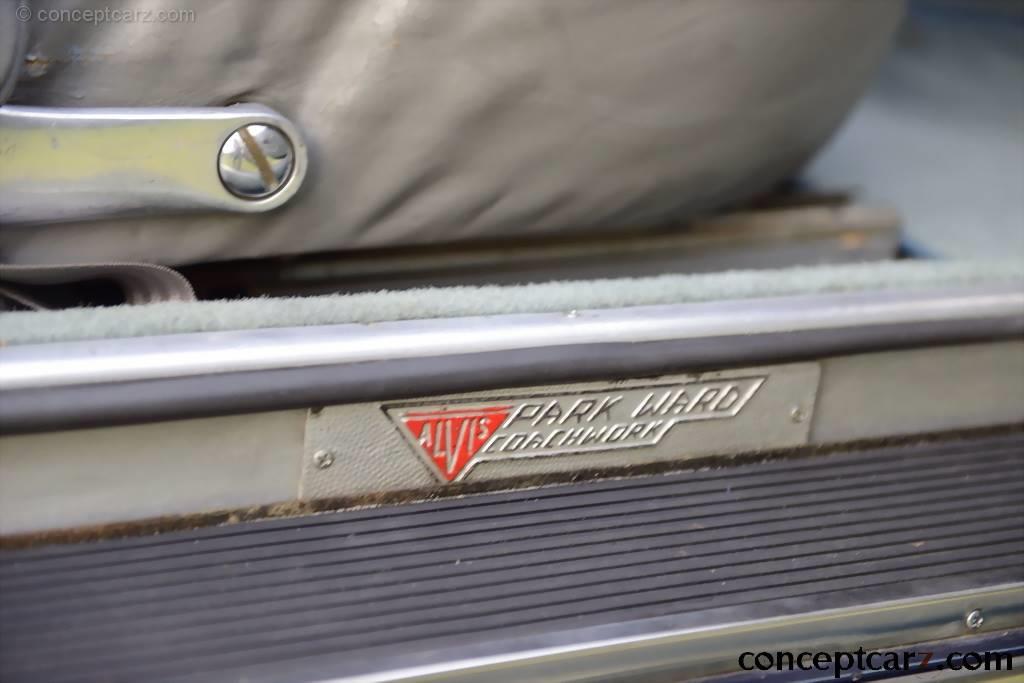 Just a few months ago, in August of 2022, the Pebble Beach Concours displayed four Alvis vehicles in a category that honored the coachwork of Carrosserie Graber. The vehicles shown included a TC 108G, a pair of TD 21s, and a TE21. Considering that Alvis's postwar vehicle production was low (perhaps around 7000 units over two decades), seeing them on display at both the Pebble Beach Concours and the St. Michaels concours - the events separated by just a few months - was very special.
Alvis had a one-model policy during the Fifties based around its 2,993cc straight six-cylinder engine. The TA 21 of 1950 to 1953 wore pre-war-inspired styling with the four-door saloon coachwork made by Mulliners in Birmingham and the drophead versions by Tickford. The chassis had a wheelbase that measured 111.5-inches, had a length of 182 inches and stood 62.5 inches tall. Power was from the 2,993cc (3.0-liter) straight-6. The TC21 that followed (1953-55) continued to employ the 2,993cc engine (albeit with modifications that resulted in an increase in power), and the same chassis dimensions as its predecessor.
By the mid-1950s, Tickfords production was becoming devoted to Aston Martin and Mulliner to Standard-Triumph (who purchased them in 1958). Swiss firm Graber filled the void for a time with all bodies later produced under license by Park Ward of London from 1958 forward.
Just a few months ago, in August of 2022, the Pebble Beach Concours displayed four Alvis vehicles in a category that honored the coachwork of Carrosserie Graber. The vehicles shown included a TC 108G, a pair of TD 21s, and a TE21. Considering that Alvis's postwar vehicle production was low (perhaps around 7000 units over two decades), seeing them on display at both the Pebble Beach Concours and the St. Michaels concours - the events separated by just a few months - was very special.
Alvis had a one-model policy during the Fifties based around its 2,993cc straight six-cylinder engine. The TA 21 of 1950 to 1953 wore pre-war-inspired styling with the four-door saloon coachwork made by Mulliners in Birmingham and the drophead versions by Tickford. The chassis had a wheelbase that measured 111.5-inches, had a length of 182 inches and stood 62.5 inches tall. Power was from the 2,993cc (3.0-liter) straight-6. The TC21 that followed (1953-55) continued to employ the 2,993cc engine (albeit with modifications that resulted in an increase in power), and the same chassis dimensions as its predecessor.
By the mid-1950s, Tickfords production was becoming devoted to Aston Martin and Mulliner to Standard-Triumph (who purchased them in 1958). Swiss firm Graber filled the void for a time with all bodies later produced under license by Park Ward of London from 1958 forward.
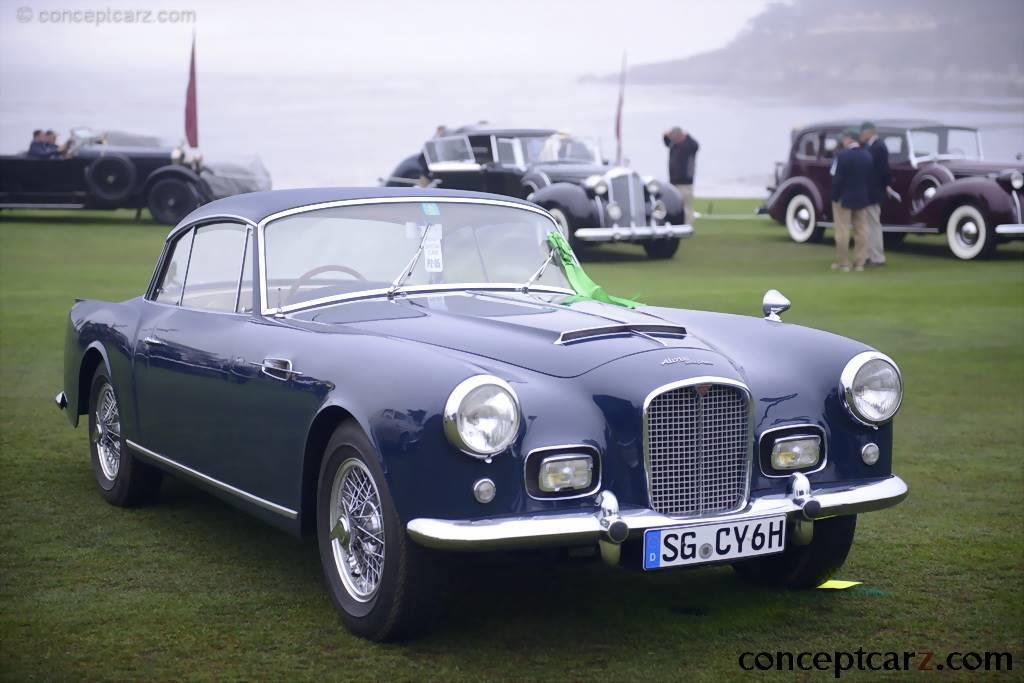 1958 Alvis TC 108G with coachwork by Hermann Graber
The TC 108G was produced from 1956 through 1958 with fewer than forty examples created. Its length had grown by approximately seven inches and four extra horsepower were coaxed from the engine.
1958 Alvis TC 108G with coachwork by Hermann Graber
The TC 108G was produced from 1956 through 1958 with fewer than forty examples created. Its length had grown by approximately seven inches and four extra horsepower were coaxed from the engine.
Trending News• Round 1, Navarra: 4 unique winners to start the season
• Toyota Expands Commitment to Hydrogen Society with Fleet, Infrastructure and Next-Gen System Debut
• Chance Hymas Leads Red Riders With Sixth at Pittsburgh Supercross
• Subaru of America and Operation Warm Win 2025 Gold Halo Award for Best Direct Service Initiative
• Nissan Rogue Scores Three-Peat Win in Cars.com 2025 Compact SUV Challenge
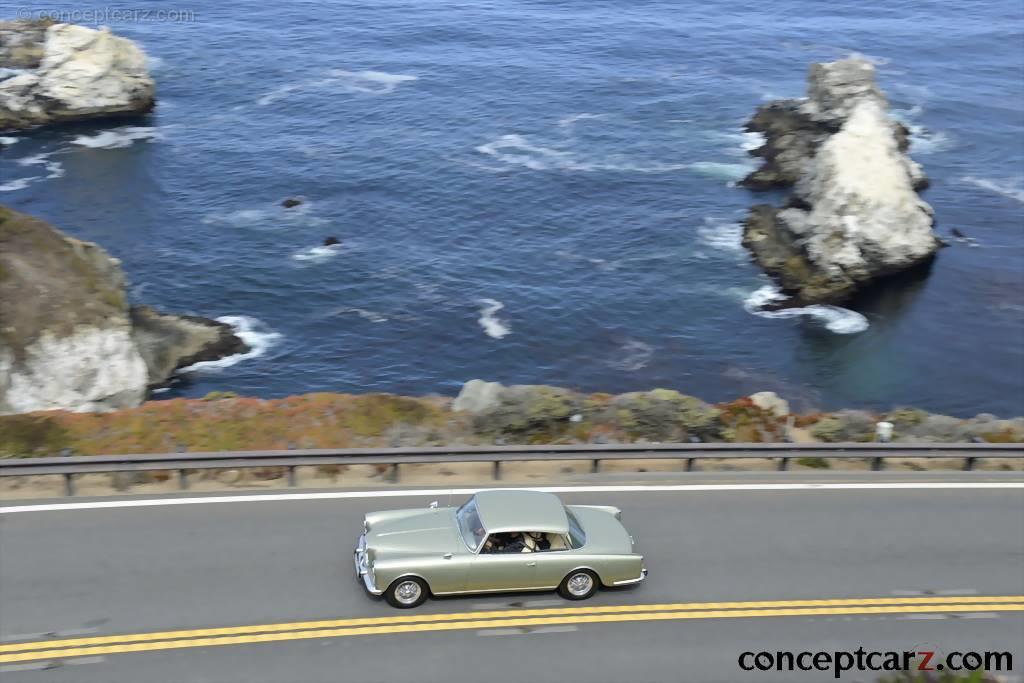 1961 Alvis TD21 Series I with coachwork by Hermann Graber
1961 Alvis TD21 Series I with coachwork by Hermann Graber
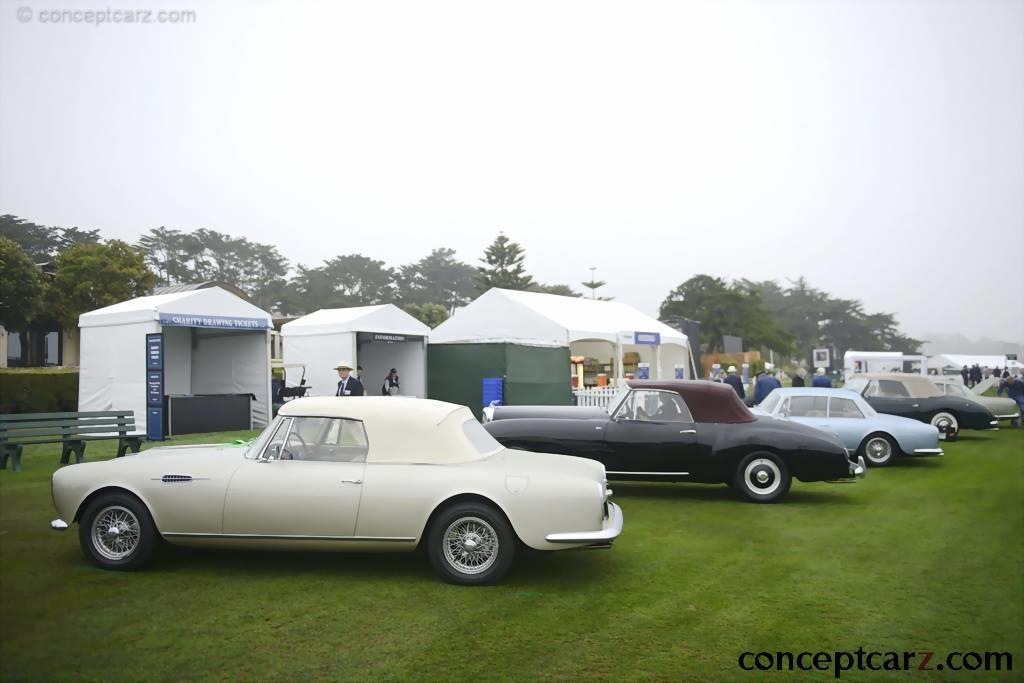 1963 Alvis TD21 Series II with coachwork by Hermann Graber
The TD 21 followed in 1958 and was built in two series through 1963. These were revised versions of its predecessors with bodies created by Park Ward, and modifications to the 2,993cc engine brought output to 115 horsepower. Disc brakes replaced the front drums in 1959, and from April of 1962, Dunlops discs were at all four corners. The new four-speed gearbox from the Austin Healey gained an overdrive from late 1960 to 1962, and a Borg Warner three-speed automatic and wire-spoked wheels became part of the options list.
1963 Alvis TD21 Series II with coachwork by Hermann Graber
The TD 21 followed in 1958 and was built in two series through 1963. These were revised versions of its predecessors with bodies created by Park Ward, and modifications to the 2,993cc engine brought output to 115 horsepower. Disc brakes replaced the front drums in 1959, and from April of 1962, Dunlops discs were at all four corners. The new four-speed gearbox from the Austin Healey gained an overdrive from late 1960 to 1962, and a Borg Warner three-speed automatic and wire-spoked wheels became part of the options list.
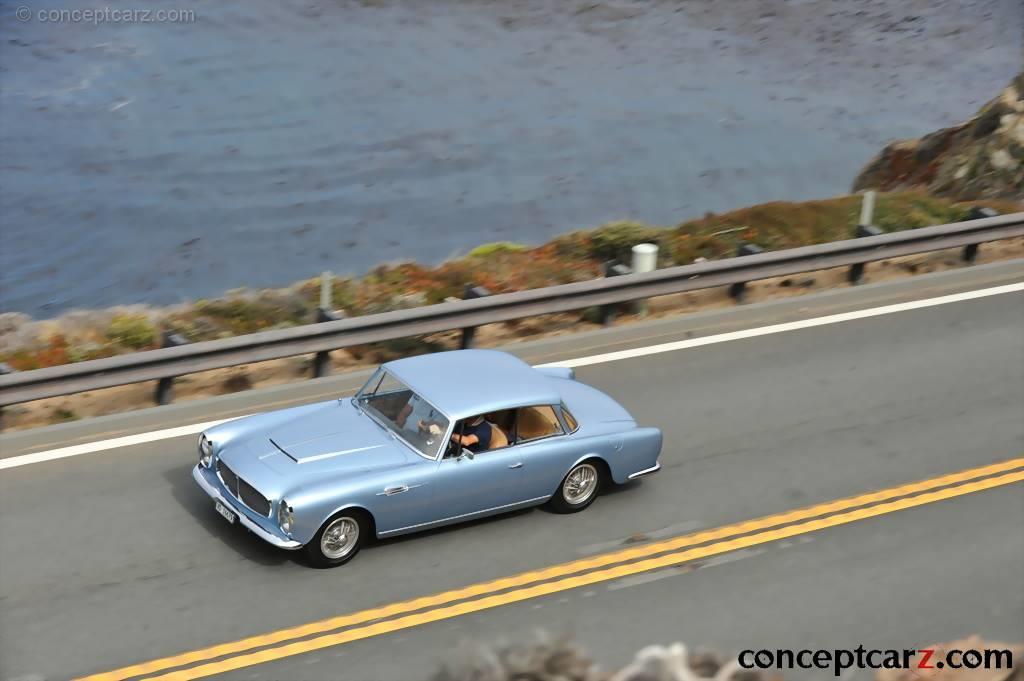 1964 Alvis TE21 Series III with coachwork by Hermann Graber
The Three Litre Series III TE 21 (1963 to 1966) had twin headlights mounted one above the other. Body styles included a drophead and saloon, both built by Mulliner Park Ward. The 2,993cc engine was given a modified cylinder head and manifold which brought output to 130 bhp. Transmission options included an automatic or five-speed gearbox made by ZF. The steering was now by a Recirculating-ball-type setup and power steering became optional in late 1964.
The final Alvis model was the Three Litre series IV TF 21 produced in 1966 and 1967. Visually, the TF 21 was identical to the TE 21. Among the modifications was a 150 bhp version of the 2993cc engine, thanks to triple SU carburetors. Minor changes were made to the suspension and on the interior, the instrumentation was reorganized for better visual presentation.
The Alvis TF 21 that was shown at the St. Micheals Concours was one of the first vehicles to roll onto the show field in the early morning light.
1964 Alvis TE21 Series III with coachwork by Hermann Graber
The Three Litre Series III TE 21 (1963 to 1966) had twin headlights mounted one above the other. Body styles included a drophead and saloon, both built by Mulliner Park Ward. The 2,993cc engine was given a modified cylinder head and manifold which brought output to 130 bhp. Transmission options included an automatic or five-speed gearbox made by ZF. The steering was now by a Recirculating-ball-type setup and power steering became optional in late 1964.
The final Alvis model was the Three Litre series IV TF 21 produced in 1966 and 1967. Visually, the TF 21 was identical to the TE 21. Among the modifications was a 150 bhp version of the 2993cc engine, thanks to triple SU carburetors. Minor changes were made to the suspension and on the interior, the instrumentation was reorganized for better visual presentation.
The Alvis TF 21 that was shown at the St. Micheals Concours was one of the first vehicles to roll onto the show field in the early morning light.

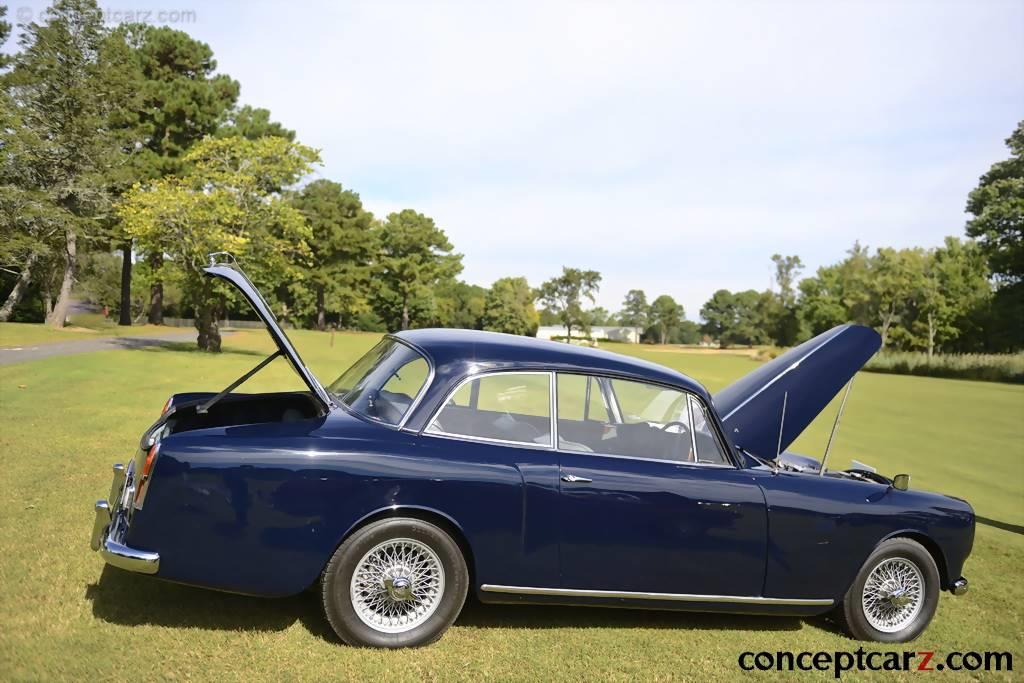
Related Posts
Recent Posts
- Round 1, Navarra: 4 unique winners to start the season
- Toyota Expands Commitment to Hydrogen Society with Fleet, Infrastructure and Next-Gen System Debut
- Chance Hymas Leads Red Riders With Sixth at Pittsburgh Supercross
- Subaru of America and Operation Warm Win 2025 Gold Halo Award for Best Direct Service Initiative
- Nissan Rogue Scores Three-Peat Win in Cars.com 2025 Compact SUV Challenge
